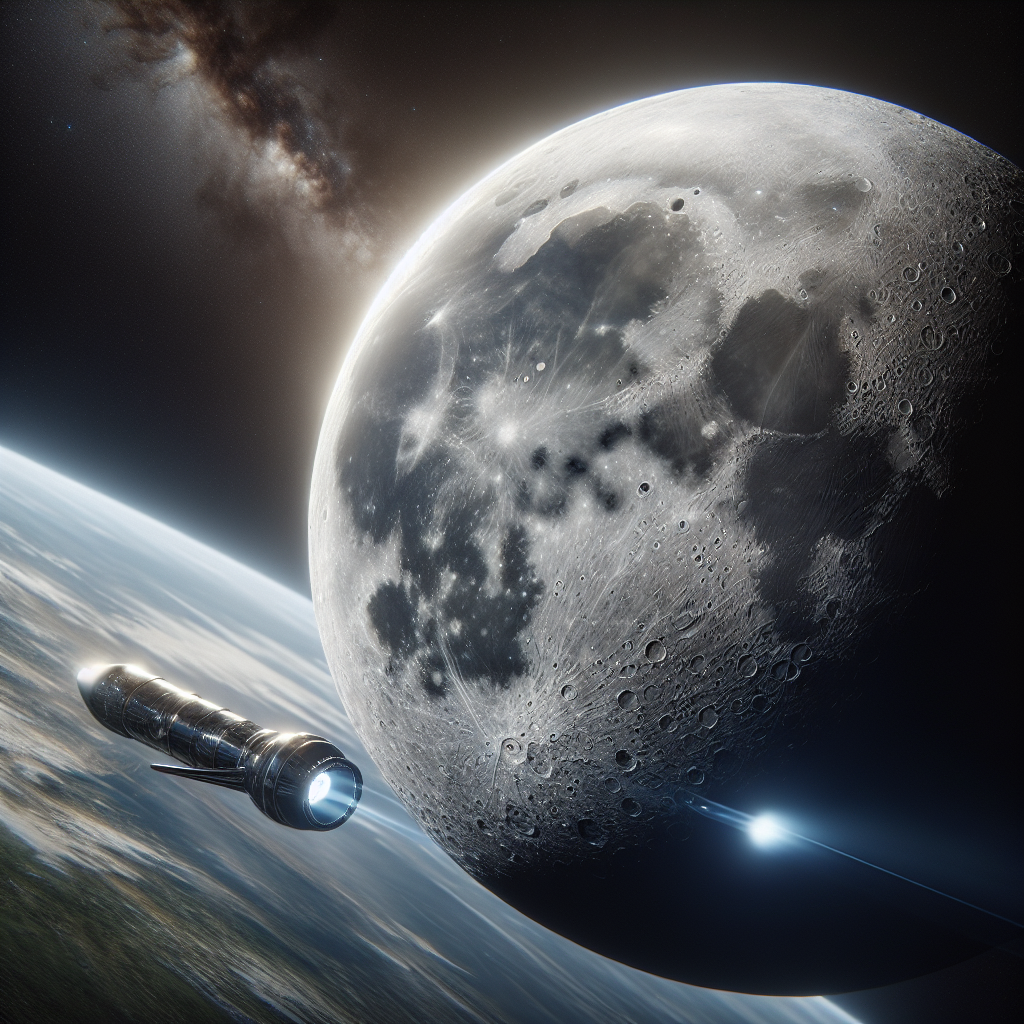
Journey to the Moon: Timeframes and Factors Explained
Traveling to the moon is a complex endeavor that combines intricate calculations, cutting-edge technology, and the vastness of space. Our closest celestial neighbor orbits Earth at an average distance of 238,855 miles (384,400 kilometers). This begs the question: how long does it take to travel to the moon once a spacecraft lifts off?
A Range of Journeys
The time it takes to reach the moon varies widely, influenced by numerous factors including mission objectives and fuel efficiency. Based on past lunar missions, the journey can take anywhere from 8 hours to 4.5 months.
- The fastest human-made craft to buzz past the moon was NASA’s New Horizon probe in 2006, reaching the moon in 8 hours and 35 minutes.
- The Soviet Union’s Luna 1 in 1959 took 34 hours but missed its intended impact on the moon, continuing into space.
- The iconic Apollo 11 mission in 1969 took 109 hours and 42 minutes from launch to Neil Armstrong’s famous first step on the moon.
Fuel Efficiency and Trajectory
One of the main factors contributing to these varied travel times is fuel usage. Missions like Apollo 11 required a direct and precise route to ensure a safe landing, necessitating more fuel for trajectory adjustments. For cost efficiency, missions often use gravitational forces to aid in travel. By harnessing the gravitational pulls of Earth and the moon, spacecraft can follow a longer route that conserves fuel.
For example, in 2019, the Israeli spacecraft Beresheet took an extended journey to the moon, looping around Earth for several weeks. However, this mission ended in a crash landing after 48 days in space due to a loss of communication.
A Record-Setting Long Journey
The CAPSTONE cubesat, launched by NASA, holds the record for the longest journey to the moon at 4.5 months. Sent to test an orbit intended for a future lunar outpost, CAPSTONE’s path entailed multiple Earth orbits before reaching its destination in 2022.
The Essentials of Lunar Travel
Regardless of mission specifics, every lunar endeavor follows several key steps:
- Between 60% and 90% of initial launch weight is fuel to overcome Earth’s gravity.
- Once in orbit, spacecraft must optimize fuel use to achieve the right trajectory, balancing weight and cost.
- Exact calculations are essential to plot an optimal route that minimizes fuel expenditure while adhering to mission goals.
Success in these areas leads to effective navigation and fuel management, ultimately impacting the trip duration to the moon.
Mission Objectives and Craft Design
Mark Blanton from NASA’s Moon to Mars mission explains that the purpose of the mission significantly influences travel time. For instance:
- Different rocket capabilities cater to varied mission objectives.
- The type of equipment aboard, such as crewed modules versus scientific instruments, informs spacecraft design and trajectory.
Integration of all these factors allows for optimized travel routes, tailoring each mission to meet specific scientific, exploratory, or technological needs.
Conclusion
From gaze-sparking short voyages to months-long expeditions, the journey to the moon is a testament to human ingenuity and the wonders of science. While the search for faster and more efficient ways to breach the void continues, each mission contributes invaluable knowledge that propels us further into the cosmos.
Source: https://www.livescience.com/space/space-exploration/how-long-does-it-take-to-travel-to-the-moon


Thanks for sharing. I read many of your blog posts, cool, your blog is very good.
Thank you for your sharing. I am worried that I lack creative ideas. It is your article that makes me full of hope. Thank you. But, I have a question, can you help me?